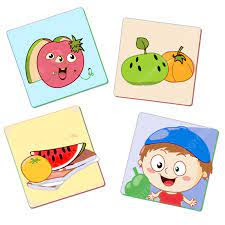1. List two examples each of matter and energy from your environment.
- Matter examples: pen, water, air, table, milk (any two).
- Energy examples: light, heat, sound (any two).
2. Define mass and explain how we can prove that air has mass using an experiment.
- Mass is the amount of matter in an object.
- Units include kilogram (kg), gram (g).
- Tie two air-filled balloons to a ruler, balance horizontally.
- Pop one balloon — imbalance shows air has mass.
3. Describe an activity that shows air occupies space and state your conclusion.
- Place a handkerchief in a glass; invert into water basin.
- Water doesn't enter at first — air occupies space.
- When tilted, bubbles escape and water enters.
4. Compare solids, liquids, and gases in terms of shape and volume.
- Solids: definite shape and definite volume.
- Liquids: no definite shape, definite volume.
- Gases: no definite shape, no definite volume.
5. Define malleability and ductility, and name one metal that shows both properties.
- Malleability: can be hammered into thin sheets.
- Ductility: can be drawn into wires.
- Copper is an example of both properties.
6. Why is rubber suitable for making tyres and gloves? Name the property involved.
- Rubber is elastic — it can stretch and return to shape.
- This makes it suitable for tyres and gloves.
7. A builder is selecting materials for doors, roofs, and windows. What physical properties should they consider? Explain with two examples.
- Strength, hardness, malleability are important properties.
- Iron for grills (strong, hard).
- Wood for doors (strong, can be shaped easily).
8. Explain how you can identify rough and smooth solids using a simple test. Name one example of each type.
- Touch material and feel the surface texture.
- Example of smooth: plastic, cotton wool.
- Example of rough: sandpaper, charcoal.
9. Describe the experiment to prove that gases have no definite volume.
- Send smoke into a gas jar, cover with another gas jar.
- Smoke spreads into both jars.
- Conclusion: gas spreads to fill space, no definite volume.
10. Categorize the following into solids, liquids, or gases: gold, milk, air, rice, coconut oil.
- Gold - solid
- Milk - liquid
- Air - gas
- Rice - solid
- Coconut oil - liquid





.png)


